Cornflower White Ball
$4.49
Centaurea Cyanus
- Seed Count 125
- Perfect Landscaping Plant
- Annual
- Height 80 cm
In stock
Description
This is a very fine, old, tall Cornflower variety. The flowers are marvelous for cutting, producing good double, uniform blooms in white.
Cornflower White Ball flowers also dry particularly well. Tear fresh flower petals for use in salads, teas, or fancy drinks. It is drought tolerant once established, so good for landscaping.
They make an excellent cut or dried flower; as the colour doesn’t fade. This annual flower will brighten up any flower garden and attract beneficial insects to the garden. .
It has a history of medicinal uses and the petals are often used to add colour to salads or dried in tea blends. It can be grown in containers if you are short on space.
They are drought and frost tolerant and adaptable to most well-drained garden soils in a sunny position.
For the best result sow the seeds directly into the garden. Cover the seeds with approximately 3 mm of good garden soil or compost and water well. The seeds should germinate within 7-14 days.
Although drought hardy once established, regularly watering is required during germination and extended periods of dry weather.
| Method: Sow direct | Soil Temp: 10°C - 25°C |
| Cool Mountain: Nov - Dec | Position: Part sun |
| Arid: Aug - Jan | Row Spacing: 30cm apart |
| Temperate: Sep-Nov, Mar-Jun | Planting Depth: 3 mm |
| Sub Tropical: May - Oct | Harvest: 70 days |
| Tropical: Jun - Aug | Plant Height: 80cm |
Soil Preparation
Soil Type:
- Ideal: Well draining loam or sandy soil with a pH of 6.0–7.5.
- Heavy clay? Amend with coarse sand, compost, or gypsum to improve drainage.
Enrichment:
- Mix in 5–10 cm of compost or aged manure 2 weeks before sowing.
- Avoid high nitrogen fertilisers that will promote foliage over flowers.
Container Growing:
- Use pots ≥20 cm deep with drainage holes.
- Fill with a mix of potting soil, perlite, and compost (3:1:1).
Sowing Techniques
Direct Sowing:
- Rake soil to a fine tilth.
- Create shallow rows 3 mm deep, spaced 25–30 cm apart.
- Sow seeds 5 cm apart, cover lightly with soil, and water gently.
- Thin seedlings to 15–20 cm apart once they reach 5 cm tall.
Seed Trays (for controlled starts):
- Fill trays with seed raising mix.
- Place 1–2 seeds per cell, 3 mm deep.
- Keep moist at 10–25°C.
- Germination takes 7–14 days.
- Transplant outdoors after 4–6 weeks, once seedlings have 2–3 true leaves.
Seedling Care
Thinning:
- Snip overcrowded seedlings at soil level (don’t pull—avoids root disturbance).
Watering:
- Water seedlings at the base to prevent damping off disease.
- In arid zones, mulch with straw or lucerne to retain moisture.
- Sun Protection: In tropical/desert regions, use 30% shade cloth during midday heat.
Transplanting (If Started Indoors)
- Harden off seedlings over 7–10 days before transplanting.
- Plant in cool, cloudy weather or late afternoon to reduce shock.
- Space transplants 20–25 cm apart.
Ongoing Maintenance
Watering:
- Once established, water deeply once a week.
- Reduce frequency in cool climates.
Feeding:
- Apply a balanced liquid fertilizer (e.g., seaweed extract) monthly if growth is slow.
Pest and Disease Management
Pests:
- Rarely troubled but watch for aphids.
- Spray with soapy water or introduce ladybirds.
- Snails: Use beer traps.
Diseases:
- Prevent fungal issues by spacing plants for airflow and avoiding overhead watering.
Regional Adjustments
Tropical North:
- Plant in raised beds to avoid waterlogging during wet seasons.
Arid Zones:
- Use drip irrigation and windbreaks to protect seedlings.
Frost Prone Areas:
- Cover seedlings with frost cloth if temperatures drop below 2°C.
Companion Planting Guide
Cornflowers enhance garden biodiversity by attracting pollinators and beneficial insects. Ideal companions include:
Brassicas (Cabbage, Broccoli):
- Cornflowers attract *Microplitis mediator*, a parasitoid wasp that controls cabbage moths.
Herbs (Dill, Basil):
- Dill attracts predatory insects, while basil repels aphids and thrips.
Marigolds:
- Repel nematodes and aphids, pair with cornflowers for pest control.
Lettuce and Spinach:
- Cornflowers provide light shade and attract pollinators for these leafy greens.
Zinnias and Nasturtiums:
- Add colour diversity and act as trap crops for aphids.
Avoid:
- Aggressive growers like mint or tall plants that cast shade (e.g., sunflowers) .
Seed Saving
- Let flowers fade and dry on the plant. Seed heads turn brown and papery.
- Cut heads, place in a paper bag, and shake to release seeds.
- Store in an airtight container in a cool, dark place (viable for 2–3 years).
Troubleshooting Common Issues
Leggy Seedlings:
- Insufficient light—relocate to sunnier spot or prune nearby shading plants.
Yellow Leaves:
- Overwatering or poor drainage—adjust watering schedule.
No Blooms:
- Excess nitrogen—switch to a lowN, highP fertilizer.

Order Times
Seed orders are normally dispatched within three business days. You will receive an email when seeds are mailed out.
Packaging
No plastics are used in our seed envelopes or postage materials. Everything is compostable and fully bio degradable.
Postage Days
Seeds are mailed out Monday to Friday at 1pm. Except for the Friday of long weekends.
Postage Times
WA 2-3 Days: SA,NT 3-5 Days: NSW, ACT, QLD, VIC: 5-7 Days
Carrier
We use Australia Post Letter Postage for the majority of orders

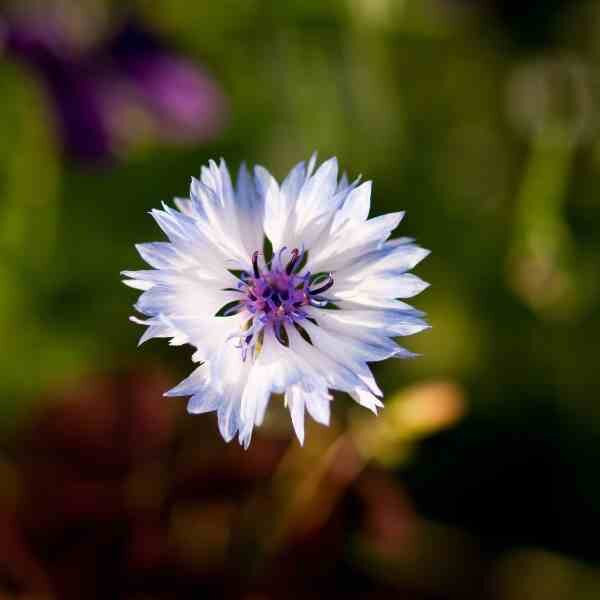







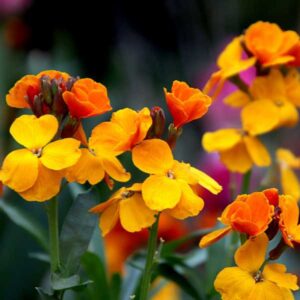
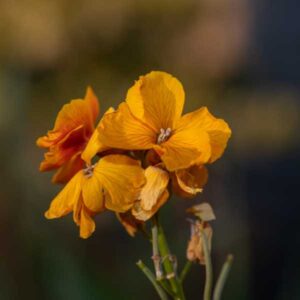
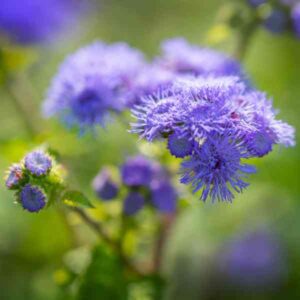
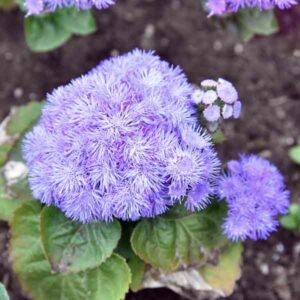
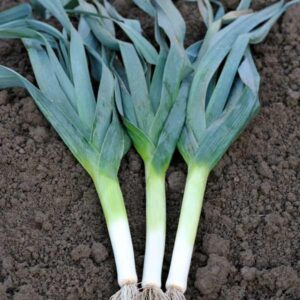 Leek Autumn Giant
Leek Autumn Giant 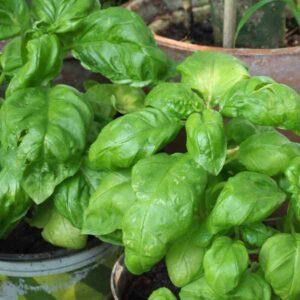 Basil Genovese
Basil Genovese 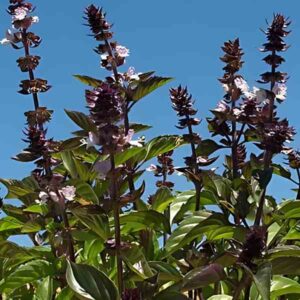 Basil Cinnamon
Basil Cinnamon  Carrot Nantes Darcy
Carrot Nantes Darcy 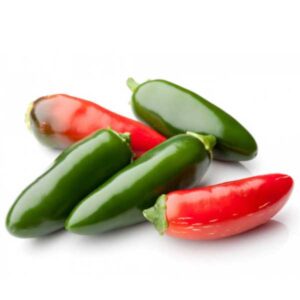 Chilli Jalapeno
Chilli Jalapeno 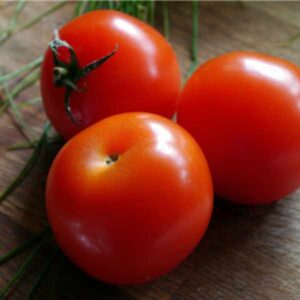 Tomato Campbell 33
Tomato Campbell 33 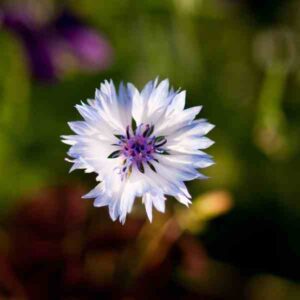
Reviews
There are no reviews yet